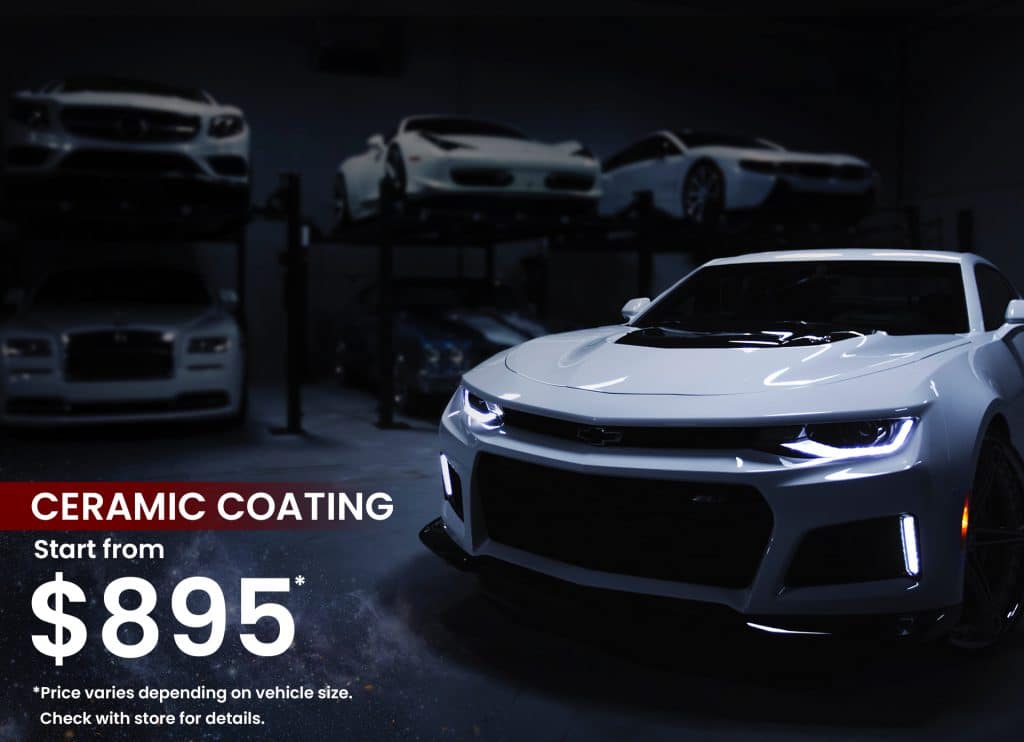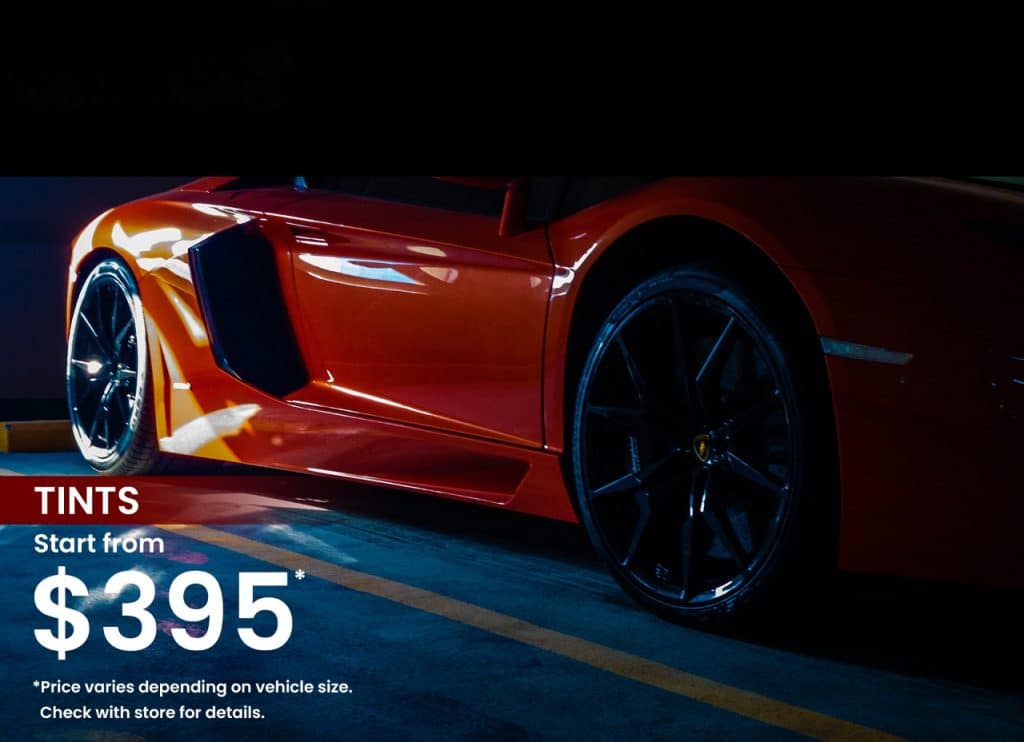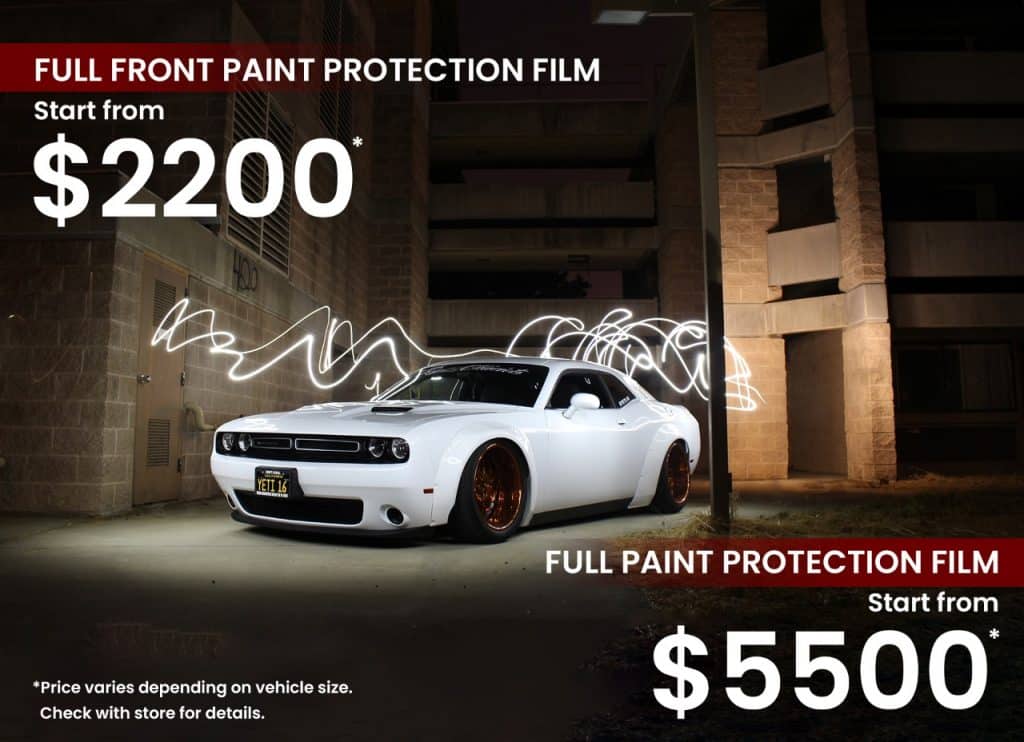What Does Car Window Tinting do For My Vehicle

Before WWII broke out in the early 1940s, cars had either fully transparent glass windows or no windows at all. The advent of tinted car windows, however, had nothing to do with the war, except from the fact that it gave a little bit of security to people of stature at the time who might be targets for assassination. Car window tinting’s ascent to popularity was expected as it efficiently addressed major issues with clear car windows, including glare, heat, and privacy.
The first type of window tinting used for cars was dye-based. Unfortunately, dye isn’t very good at rejecting heat. In fact, it absorbs and traps heat inside the car. Dye also tends to turn bubbly when exposed to UV radiation and has a short life-span. Tint manufacturers then decided to add metallic particles to the dye solution to produce a tint that reflects both light and heat, and it worked. The only downside to this hybrid type is its tendency to affect electronic devices in the car.
Benefits of Tinting Car Windows
Window tinting refers to the process of applying a semi-transparent sheet of film to the interior side of a vehicle’s windows. About 99 per cent of cars today have tinted windows. The rest that don’t have are most likely for display in museums or used as props in entertainment shows. There’s a number of good reasons for that. So what are the benefits of tinting car windows?
- Anti-Glare
– One of the primary functions of tint on car windows is to reduce the amount of glare produced by the sun during the day and by the headlights of other vehicles at night. Glare could instantly block a driver’s view of the road, causing panic and loss of control. Statistics have shown that window tinting has significantly helped lower the rate of light-related accidents on all Australian roads.
- Comfort
– Most people treat their cars as their second home. After all, they spend a great deal of time in it every day, especially those who travel long distances. So it’s only right that you make it as comfortable to stay in as possible. A dark enough tint can help you achieve that by reducing the amount of heat from sunlight that passes through the windows and gets trapped inside your car.
- Prolongs Cooler’s Life
– With Australia’s worsening heat waves, it’s no longer safe to go on a long drive without turning up your car’s air conditioning. The good news is with less heat trapped inside your vehicle due to the window tinting, you can expect less pressure on the air conditioner, too.
- Prevents Fading
– Any object you leave under the sun will slowly lose its colour. That’s because sunlight contains ultraviolet radiation, which is capable of breaking down pigment molecules. What does tint do for your car? Window tinting can help block up to 70 per cent of UV rays from the sun, reducing the rate by which the interior surfaces of your vehicle are fading by just as much. That means keeping your car looking crisp and brand new for longer.
- Privacy
– Do you feel uncomfortable when someone tries to have a peek into your car while you’re inside? Thanks to window tinting, you won’t have to be in that situation ever again. While you’re not allowed to have window tinting that’s too dark, there’s a vast range of shades that provide enough opacity to your window and give you privacy.
- Security
– Depending on how thick the film is, your window tinting may serve as an additional protective feature to your car as well. When something smashes your car’s windows, the film, being made of plastic, holds the glass together and prevents it from shattering quickly.
There are other minor but definitely useful benefits to having your car windows professionally tinted. So the next time you ask yourself “what does car window tinting do for my vehicle?” and feel a bit wary about getting a new film laid out, there’s your answer.



